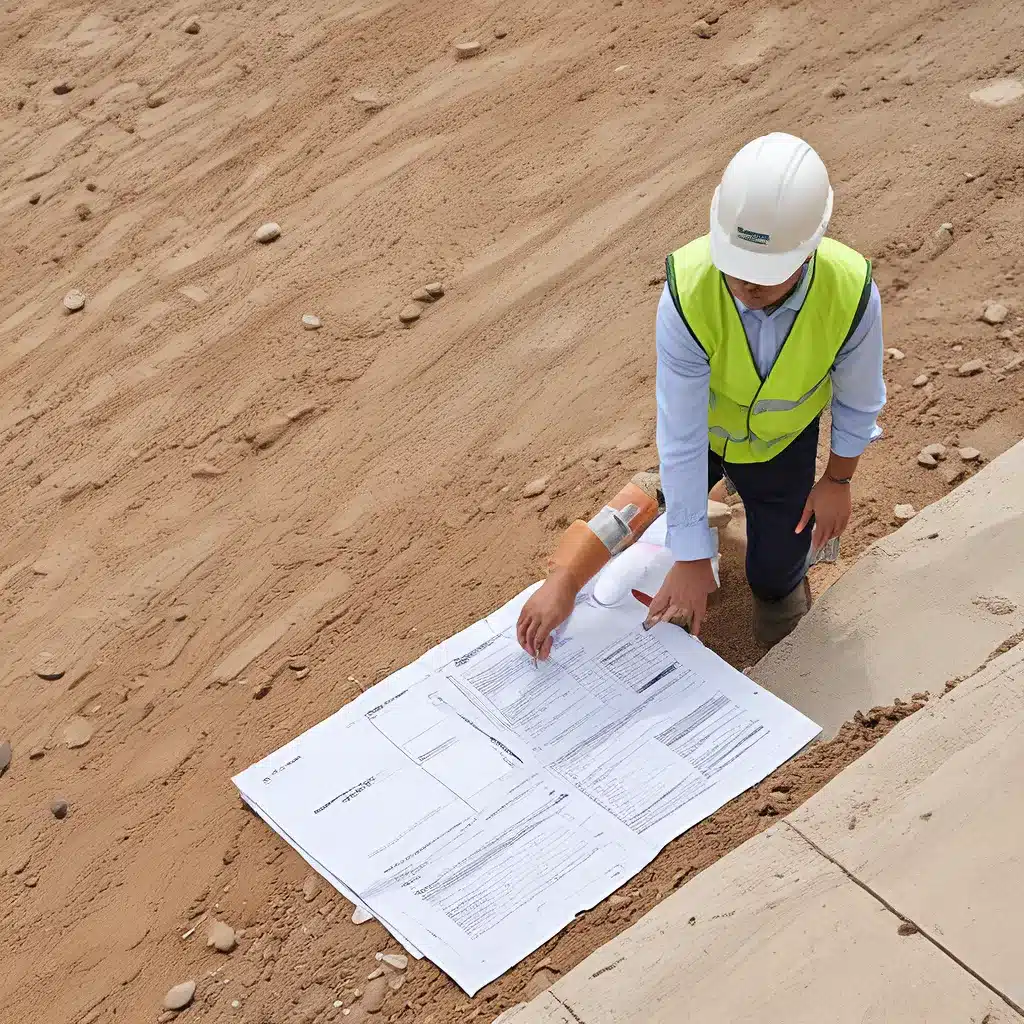As homeowners, we all take pride in maintaining a clean and healthy living environment for ourselves and our families. However, despite our best efforts, there are certain dangers that we may not be aware of, such as the presence of black mould. Black mould is a type of fungus that can grow in damp and humid conditions, and it can pose serious health risks if left unchecked. In this article, we will explore the hidden dangers of black mould in your home and what you can do to protect your loved ones.

What is Black Mould?
Black mould, also known as Stachybotrys chartarum, is a type of fungus that thrives in warm and humid environments. It is commonly found in areas such as bathrooms, kitchens, and basements, where moisture levels are high. Black mould can grow on any surface that contains organic matter, such as wood, paper, and even wallpaper. It is usually black or dark green in color and has a slimy texture.
Health Risks Associated with Black Mould
Black mould is a serious health hazard that can cause a range of health problems, especially for those with weakened immune systems, allergies, or respiratory issues. The spores produced by black mould can cause allergic reactions, including sneezing, coughing, and watery eyes. Prolonged exposure to black mould can also lead to more severe health problems, such as respiratory infections, asthma, and even neurological disorders.
How to Detect Black Mould in Your Home
Detecting black mould in your home can be challenging, as it can grow in hidden areas that are not easily visible. However, there are some signs that you can look out for, such as a musty odor, water stains on walls or ceilings, and visible black or green spots on surfaces. If you suspect that you have black mould in your home, it is important to have it tested by a professional.
How to Get Rid of Black Mould
Getting rid of black mould is a complex process that requires specialized equipment and expertise. If you have a small area of black mould, you may be able to remove it yourself using a solution of bleach and water. However, larger areas of mould should be treated by a professional, as they can be hazardous to your health. A professional mould remediation company will use specialized equipment to remove the mould safely and effectively.
Prevention is Key
Preventing black mould from growing in your home is the best way to protect yourself and your family from its harmful effects. Here are some tips to prevent black mould:
- Keep your home well-ventilated by opening windows and using exhaust fans in bathrooms and kitchens.
- Fix any leaks or water damage promptly to prevent moisture buildup.
- Use a dehumidifier to control humidity levels in your home.
- Clean and dry any wet or damp materials, such as carpets and towels, promptly.
- Use mold-resistant paint and materials in areas that are prone to moisture buildup.
Conclusion
In conclusion, black mould is a serious health hazard that can pose a range of health risks if left unchecked. It is important to be aware of the signs of black mould and take preventive measures to keep your home free from this harmful fungus. If you suspect that you have black mould in your home, it is important to have it tested and removed by a professional. By taking these steps, you can ensure a clean and healthy living environment for yourself and your family.
Related posts:
No related posts.




